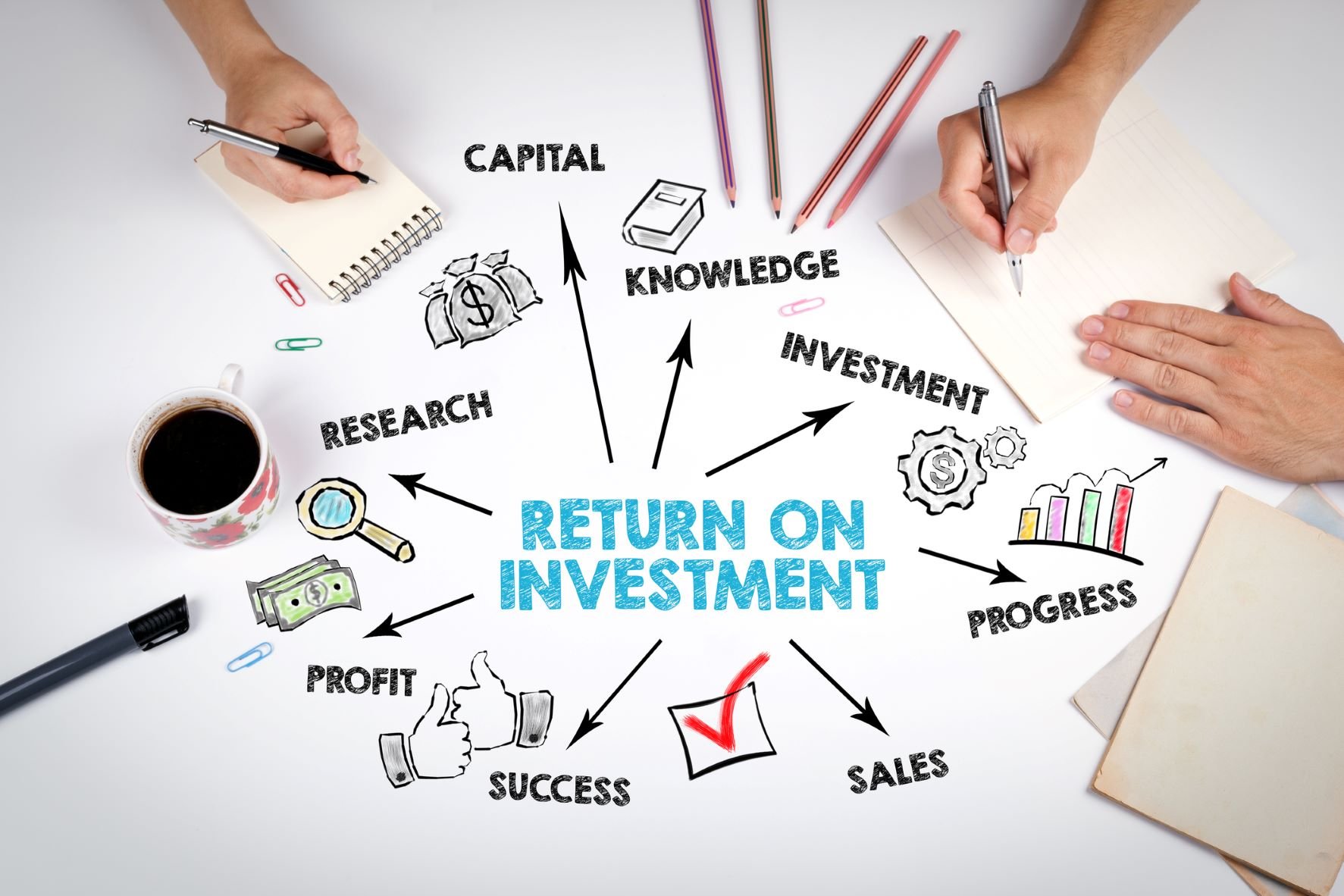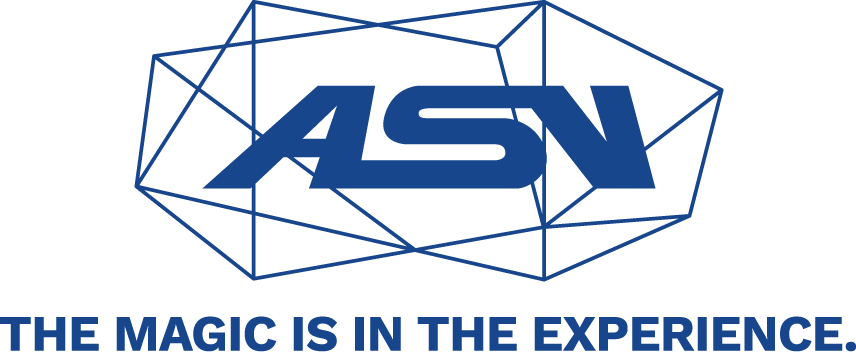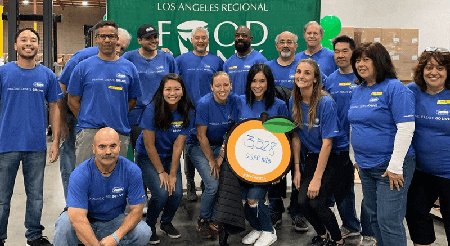Marketing metrics aren’t one-size-fits-all.
For proof, look at how marketers track the effectiveness and ROI in traditional campaigns versus experiential efforts. Customers encounter a traditional campaign and react to it afterward, either through a purchase or detailed feedback.
Meanwhile, experiential campaigns collect real-time feedback by observing audience reactions to design, content layout, flow, and other variables. Plus, the experiential staff is on the floor with audience members to guide them through the display — a personal touch that can amplify a client’s experience with the campaign.

Simply put, experiential campaigns are entirely different beasts than traditional marketing efforts. To gauge the true value of experiential campaigns, you need to judge them based on entirely different merits and metrics than their traditional counterparts.
Tale of the Tape
Immediacy isn’t the only thing that sets experiential marketing metrics apart from traditional marketing. The real-time feedback experiential pulls from its audience fits into three distinct areas:
-
Awareness: Experiential producers can track surface-level metrics like the number of attendees per event — or dive even deeper. They can also look at attendee numbers per entrance or exit, which can help determine awareness for each sponsor based on its investment level.
-
Engagement: Specific activations can help measure engagement. It’s best if displays have at least one activation, though it's better to have more if the budget allows and they’re well-coordinated.
For example, activations that require personally identifiable information (PII) can minimize inconvenience by using a single sign-in method like a card reader. Activations could range from a simple business reply card to a treasure hunt that incentivizes participants to visit several locations to receive a bigger prize.
-
Lead Generation: This tends to be the most direct measure of ROI for clients, translating intent into purchase or desire to do business. The collection of intent and PII makes associated leads actionable, so you'll want to pass them along to your sales team immediately to address while those leads are still "hot." Those leads expect immediate contact, and you don't want them to go cold.
Distinguishing between these three buckets can help experiential marketers cut to the hearts of their campaigns. They can assess their effectiveness on multiple fronts and then combine those findings into a unified and effective experiential marketing approach.
Bring Experiential Metrics Into Focus
The unique nature of experiential marketing should be illustrated in how you quantify its success. Here are three ways to measure a campaign’s traction:
1. Compare apples to apples. Track progress by comparing the metrics for the same event over several years. Take findings from how the numbers increased or decreased to determine what's working or what isn't in terms of display, layout, flow, and activation. Technology can measure traffic flow patterns and dwell times, which can be useful in determining good flow and improving things for your next event.
For example, the U.S. Women's Open golf championship happens between June and August each year in a different location. This variance — in time and location — significantly affects attendance each year, which makes it difficult to interpret any meaningful results.
Conversely, Pebble Beach Food & Wine occurs in the same place at the same time of year annually. With these variances minimized, organizers can compare display variables like the theme, layout, and content over time with good accuracy and proper context.
2. Look at awareness and engagement numbers. How awareness and engagement numbers move in relation to each other will indicate how well different elements such as sponsorship, displays, and activations work together. Event registration will always be the leading KPI for how well you're performing, but there are more specific metrics you can apply.
Experiential teams can track an event’s social reach and engagement, monitor its online media mentions, and calculate how many website visits an event fostered. To measure how much visitors enjoyed an event, use a mixture of old and new models to collect results. Manually ask for feedback at the event, tracking the number and types of questions that attendees asked during a session. You can also analyze digital awareness by tallying how many people downloaded your event’s app and how many times people used your event's hashtag on social media.
Standing these metrics next to one another shows how awareness and engagement work in conjunction. Understand what these metrics mean, and use them to build steps that can optimize your next experiential campaign.
3. Know your variables. Be mindful of the number of variables you introduce into each event. Each variance will make it that much more difficult to measure the effectiveness of various components.
The Super Bowl, for example, takes place at the same time every year. But because the venue, fanbases, weather, and other variables change annually, it can be difficult to assess how engaging it is from year to year. Put each variable metric in context, and analyze how each element contributes to the presentation as a whole before you use metrics to draw conclusions about an experiential event’s success.
Attempting to apply traditional marketing metrics to experiential campaigns will only make your life harder. You can't improve your events if you don't know what's working and what isn't. Take a hard look at your variables to understand your event on a granular scale, and then work backward to figure out the best way to track your event's success.







